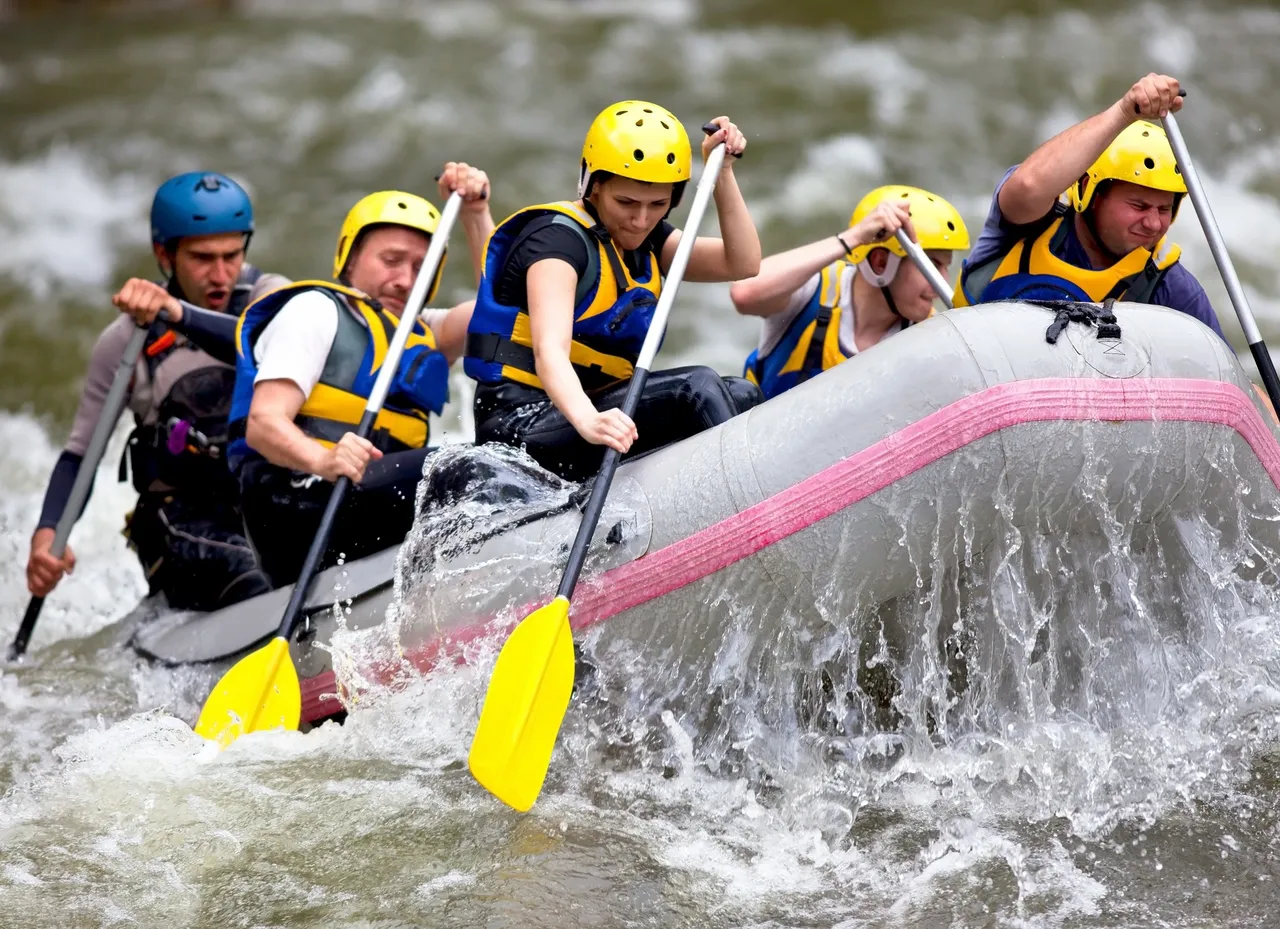When I began teaching social media a decade ago, the issue of online privacy and safety in the social media realm was an important topic to teach in the classroom. I have spent much time talking with students for the past ten years about such things as public profile pictures, geotagging settings, cyberstalking, cyberharassment, and more. I have always stressed in my classrooms and public workshops just how important learning about online privacy and safety is, and have encouraged my students to share what they have learned with others!

It may seem to some reading this that the topics of online privacy and safety are old news, but rest assured, they really are not, in fact, the topics are still very real, and in the news daily! As the technologies we use continue to evolve, it is important to pay attention to them so as to continue securing your online safety and security and that of your friends and family. With that in mind, I want to share with you a few of my own recent experiences while I have been learning how to teleport to different places in the metaverse!
In very public metaverses, people are represented by the avatars that they create. There are many public venues such as areas to see shows, places to hang out, places to visit etc. It is much like walking through a town, you can be there with people you know, and you will encounter people you don’t know too!
I have experienced an adult female avatar with a male voice, who was chatting with a group of other avatars, and who was in the process of admitting to the group that he was a teenage male posing as an adult female. In another area where I was walking through a public museum, a juvenile avatar kept jumping in front of me saying “hi and “hey” and kept repeating it, obviously under no adult supervision in their real environment. It was very irritating!
In another instance, I was heading through a public area toward a planetarium exhibit and was called out to repeatedly by an avatar who kept referring to my avatar name, followed by “hey, old white lady”.
Naturally, I would have preferred not to have experienced any one of those previously mentioned things. I thought the behaviors were rude, but mostly they worried me because while I am adept at managing such situations, I worried for others who are less adept, and possibly vulnerable to harassment and abuse.
Please know that I have had very positive experiences too, I have met many people from around the world, and I have learned a great deal from them. I have learned things from the people I have met that I don’t think I would have ever known if I had not met them! I will save those experiences for another post!
Suffice to say, as I have wandered the metaverse, learning as I go, it resonates with me just how important communication is, and just how important the messages I gave long ago are today! I also recognize that my students today are potentially going to be working in virtual environments for much of their working week while utilizing technologies that may thrust them into public arenas that they need to be prepared for too!
My recent travels in the metaverse have brought to mind the importance of teaching how to communicate effectively in our virtual world of today. I teach Business Communications and my curriculum does not embrace this concept yet, but it will soon! The business landscape is changing and so must we!







